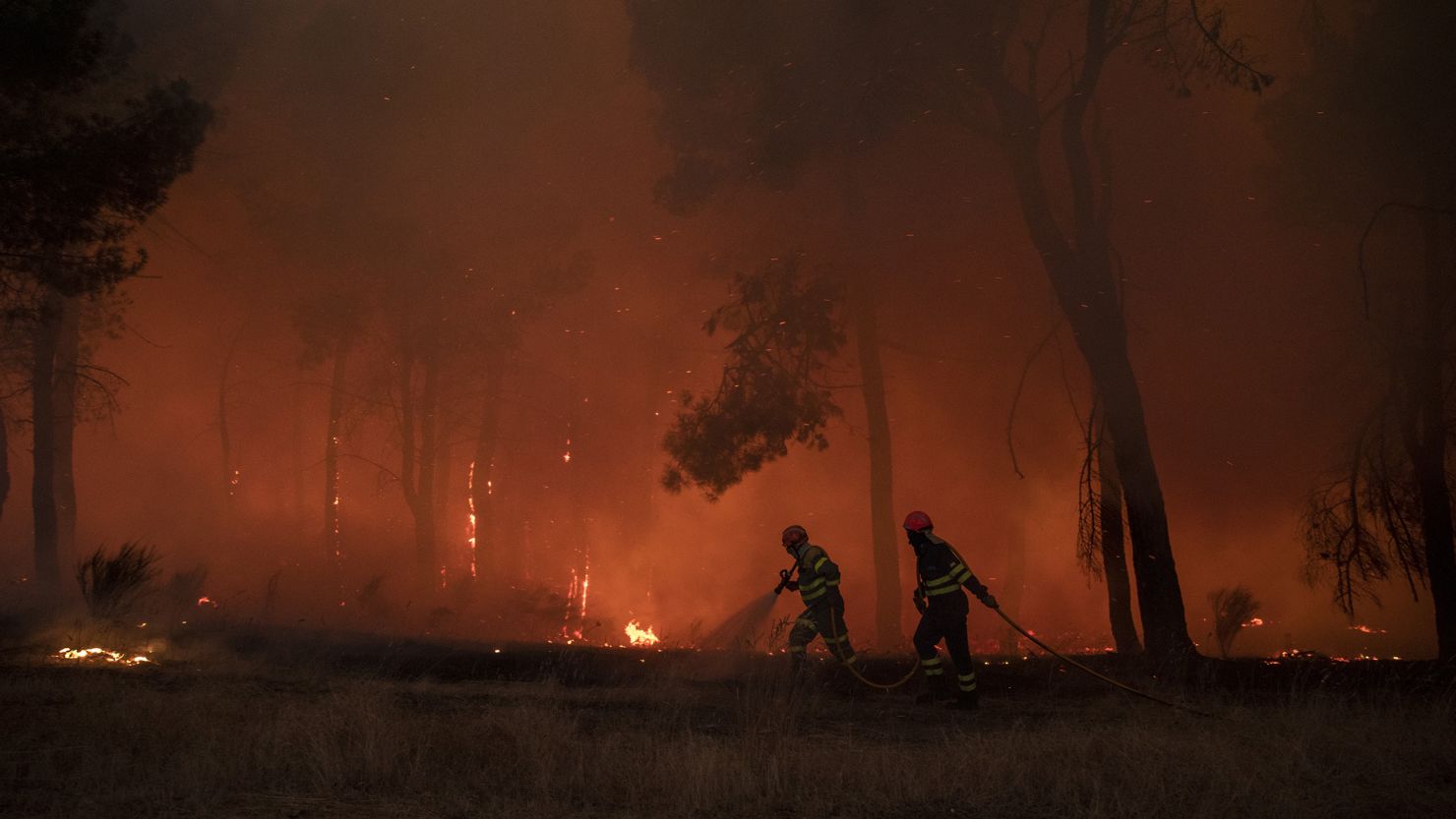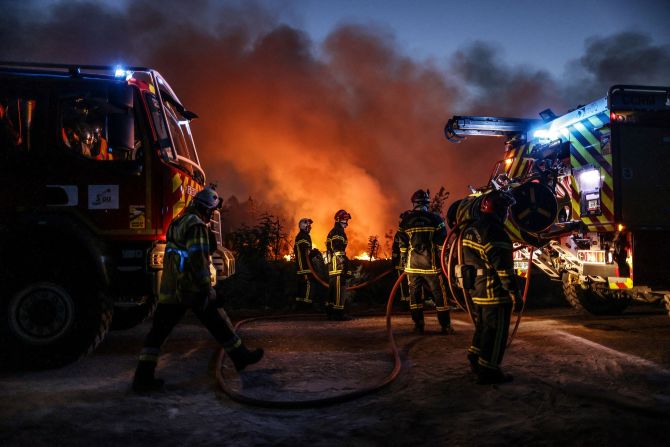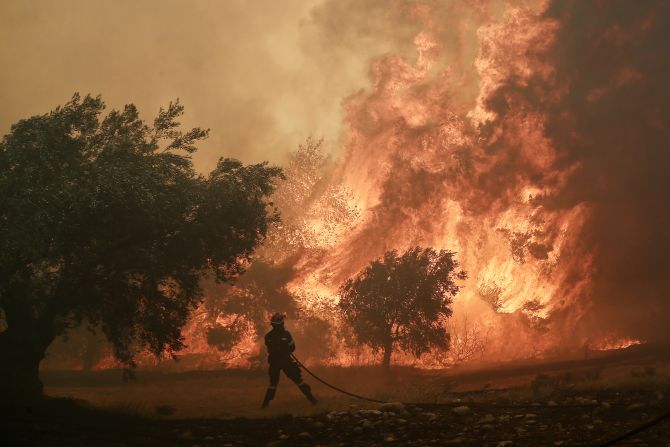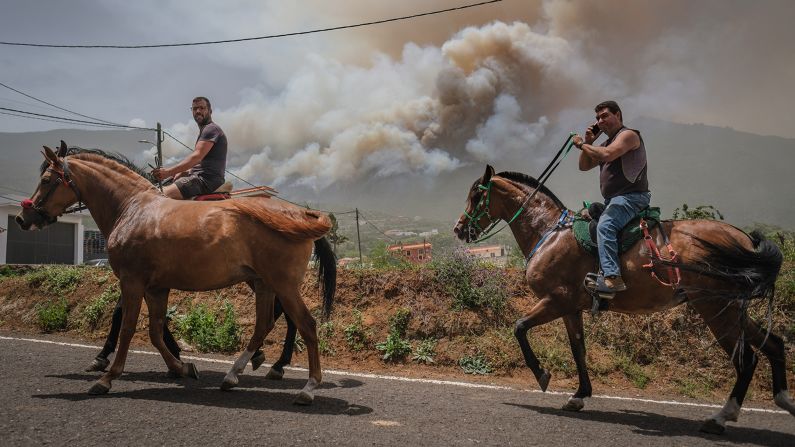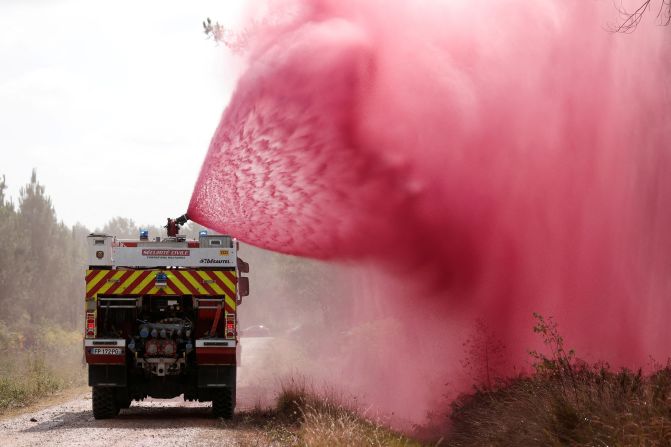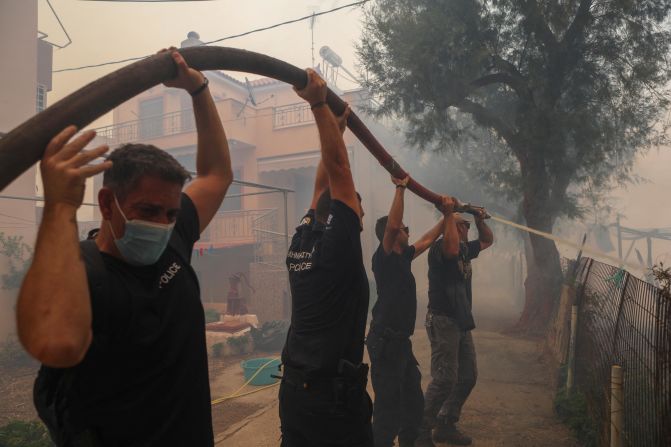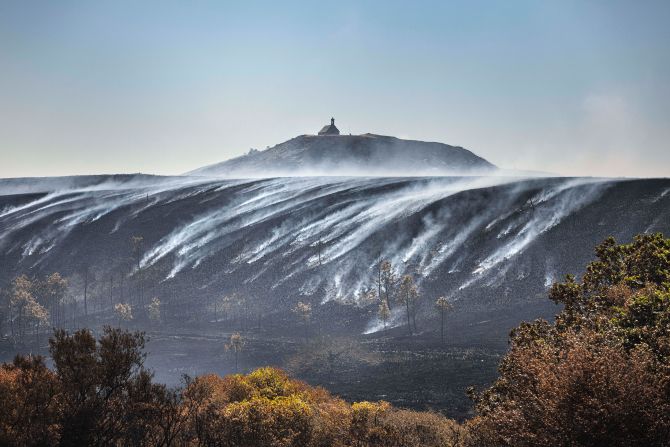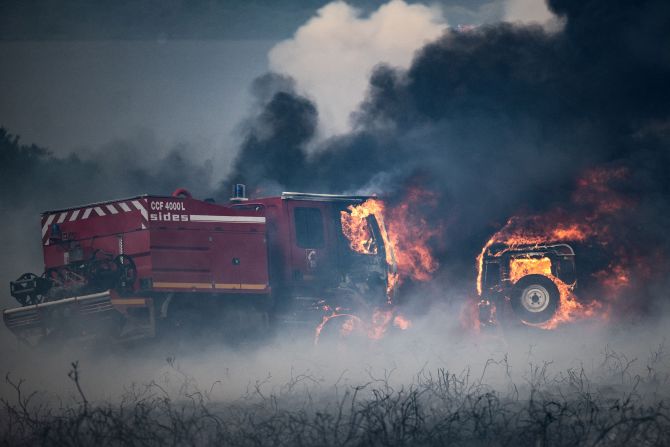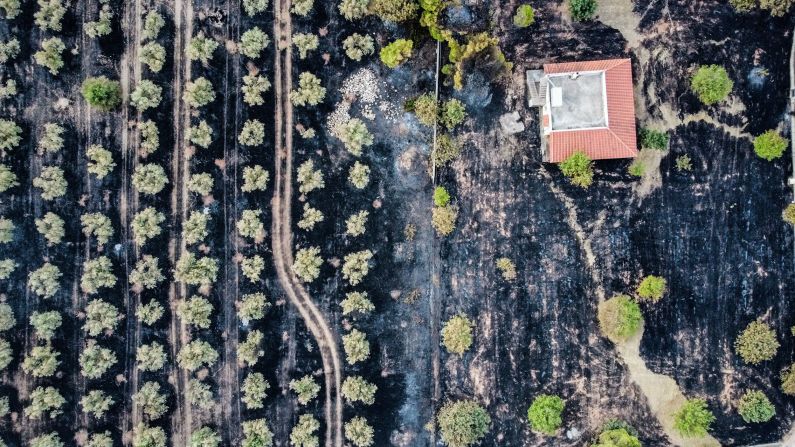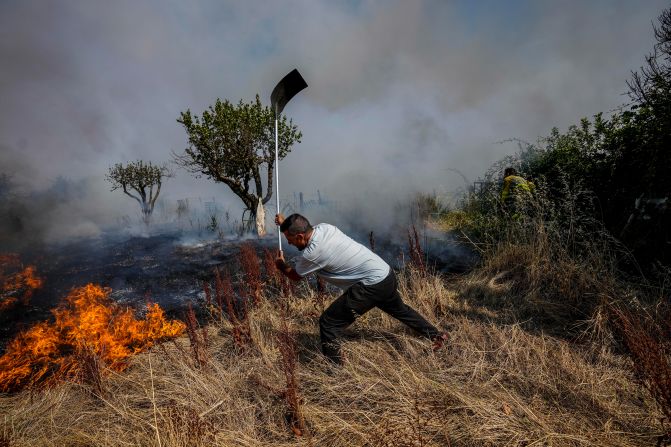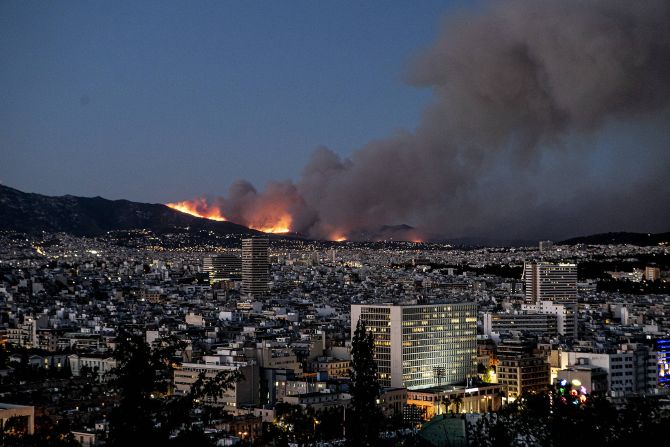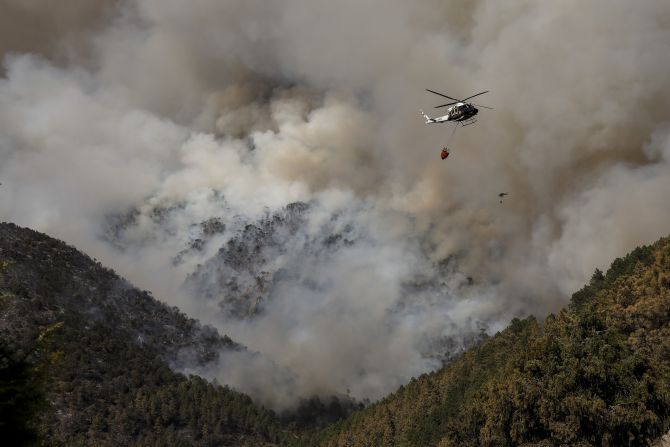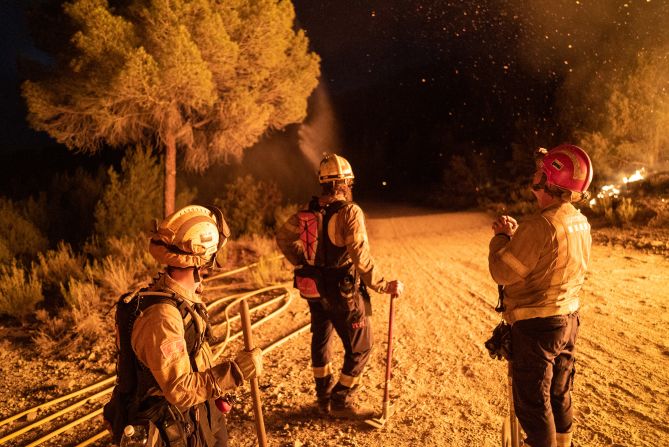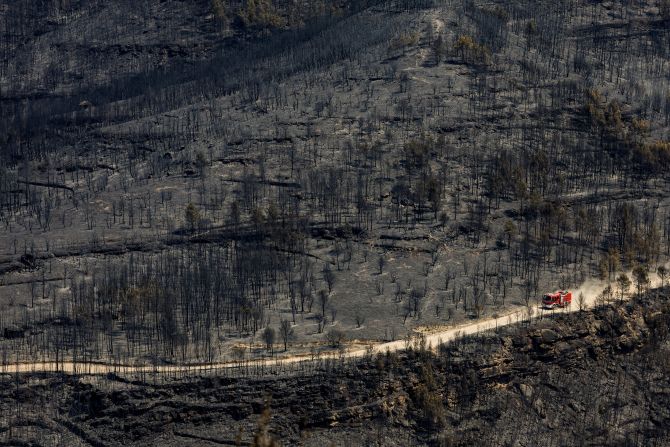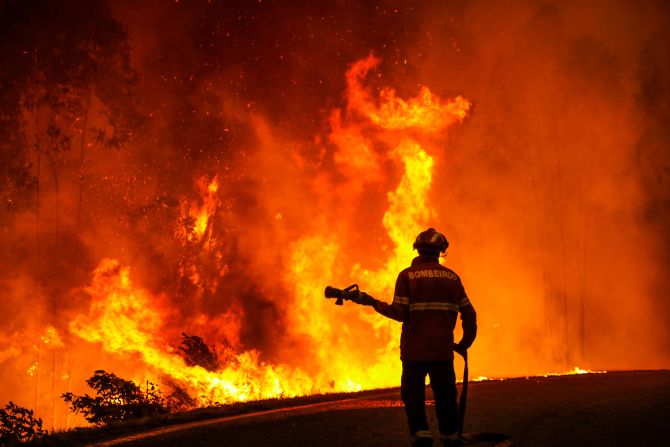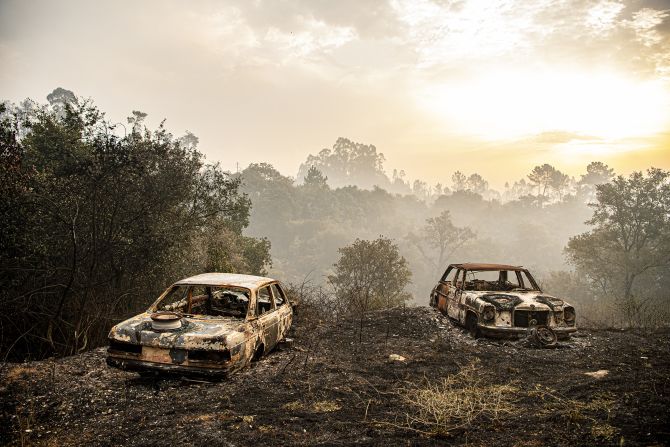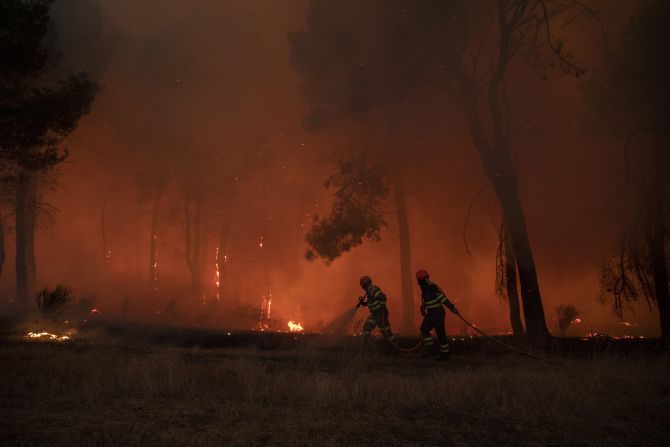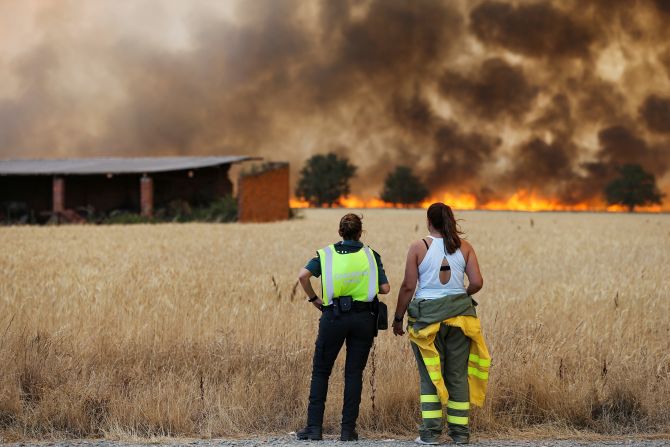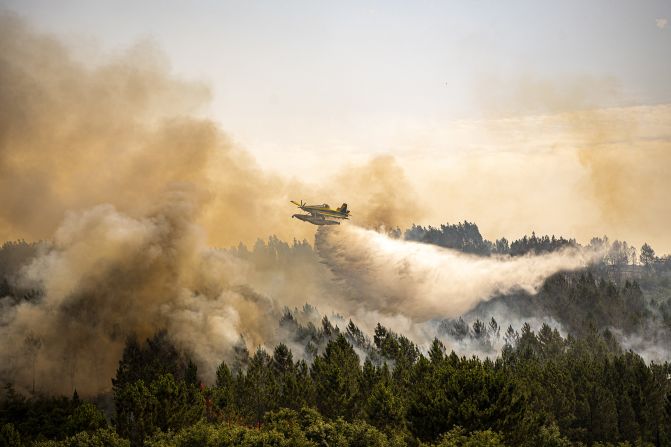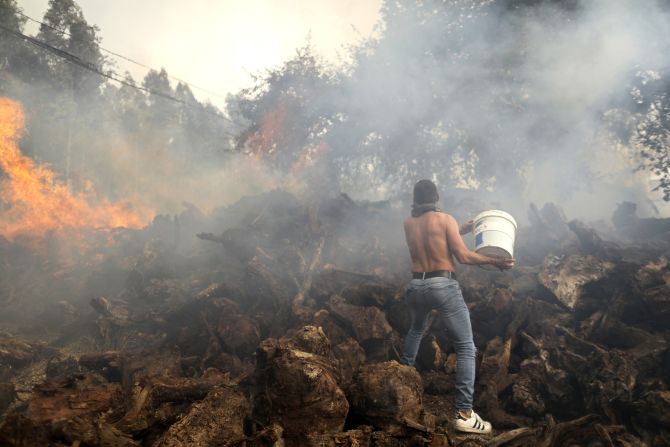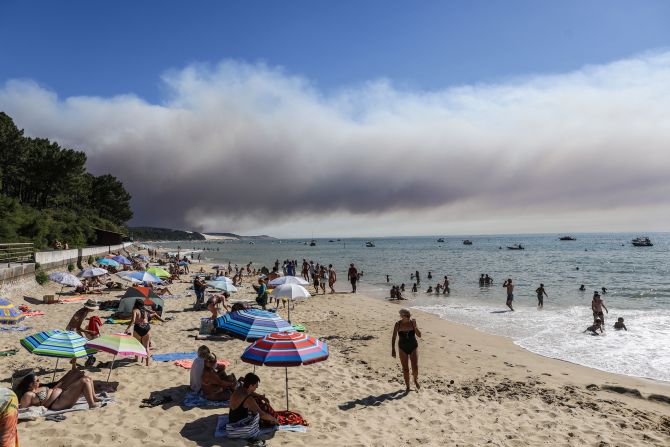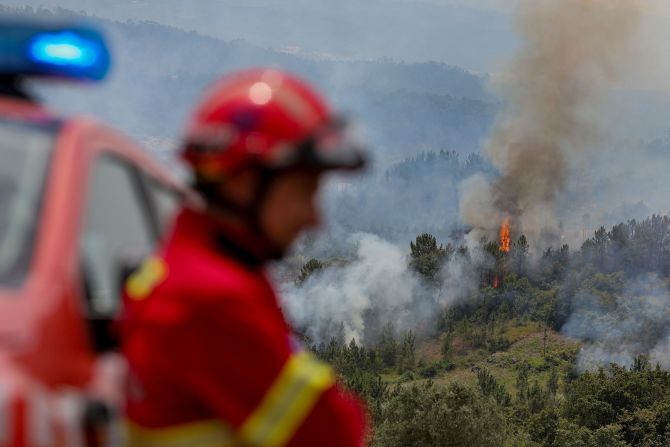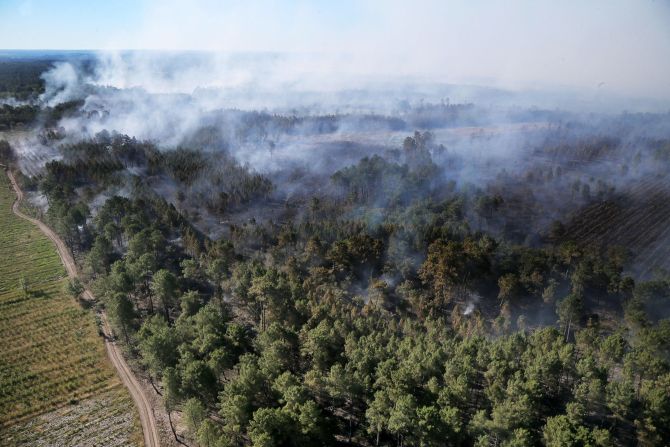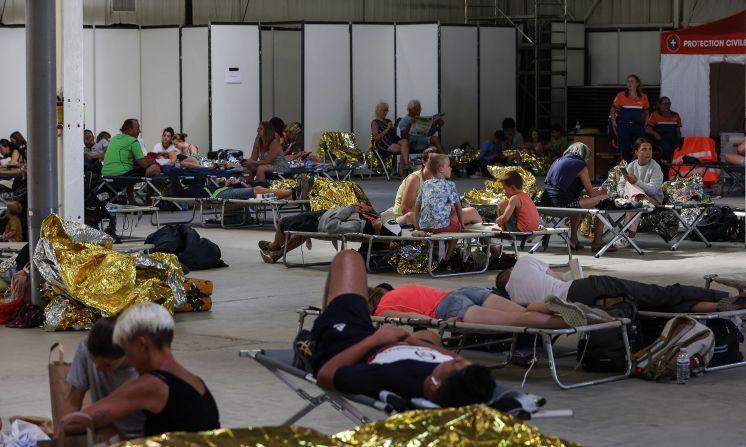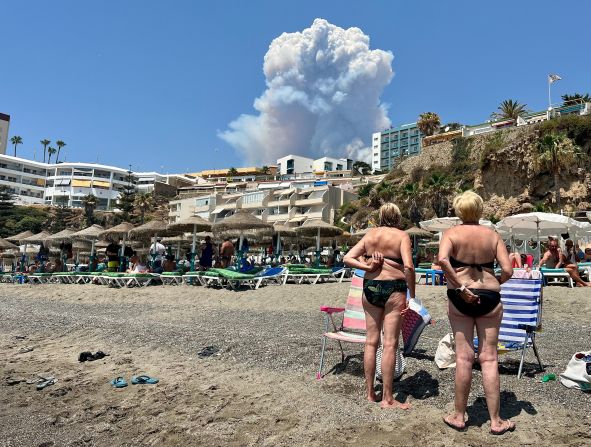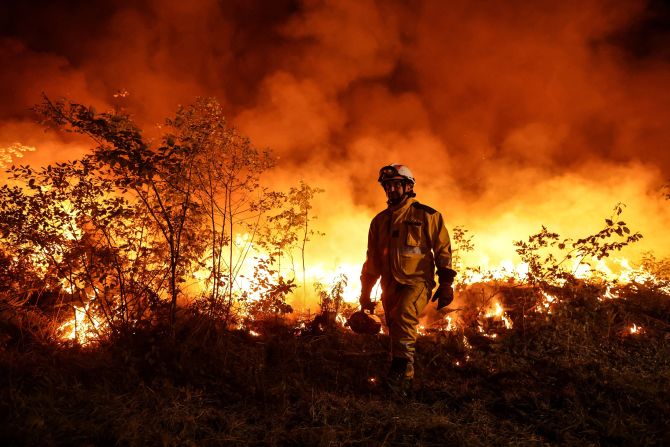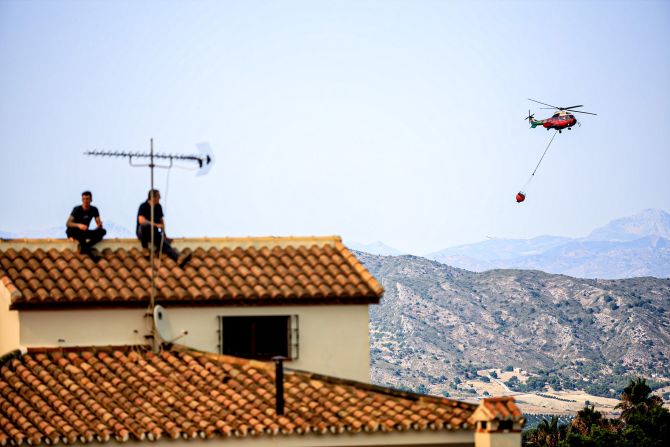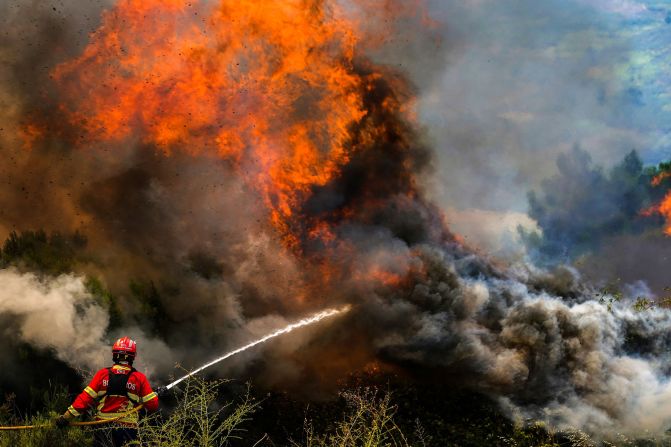The total number of wildfires in the European Union since the beginning of 2022 is almost four times the 15-year average for the same time period, according to Copernicus, the bloc’s Earth observation program.
In a tweet posted on Tuesday, Copernicus said that 1,926 wildfires had scorched EU nations from the beginning of the year up to July 23. In comparison, the average number for the same period of year, calculated with data from 2006 to 2021, was 520.
Spain, Italy, Portugal, Greece, France and Germany have all lost thousands of hectares of land to wildfires, amid Europe’s record-breaking heatwave.
German officials have said that while its blazes are now mostly under control, the situation for two regions affected by large forest fires remains “tense.” On Wednesday, local forest fire protection officer Philipp Haase told CNN that 480 firefighters were still fighting flames in Brandenburg to the northeast and Saxony in the east.
Scientists who link the contribution of the climate crisis to extreme weather events say that all heat waves – which can trigger or exacerbate wildfires – now have the fingerprints of human-caused climate change on them. The world is expected to experience more frequent and longer lasting heat waves the more global average temperatures rise.
In pictures: Wildfires in Europe
Outside the EU, England has seen its driest July so far since 1911, having only seen 24% of the average expected rainfall, according to the UK’s national weather service, the Met Office.
“At this stage in the month we would expect to have seen well over three-quarters of the month’s rain to have already fallen in an average July,” the Met Office said.
The UK was not included in Copernicus’ data.
Temperatures in the UK breached 40 degrees Celsius (104 Fahrenheit) last week for the first time, with July 19 becoming the country’s hottest day on record. Subsequent wildfires even broke out in the capital, London, due to the heat.
Mark McCarthy, Head of the Met Office National Climate Information Centre, said on the Met’s website that it was not only July that had been dry. “Since the start of the year, all months apart from February have been drier than average in the UK too,” he said. “The result of this is that the winter, spring and summer of 2022 have all seen less than the UK average seasonal rainfall.”
